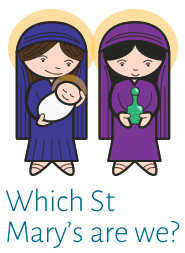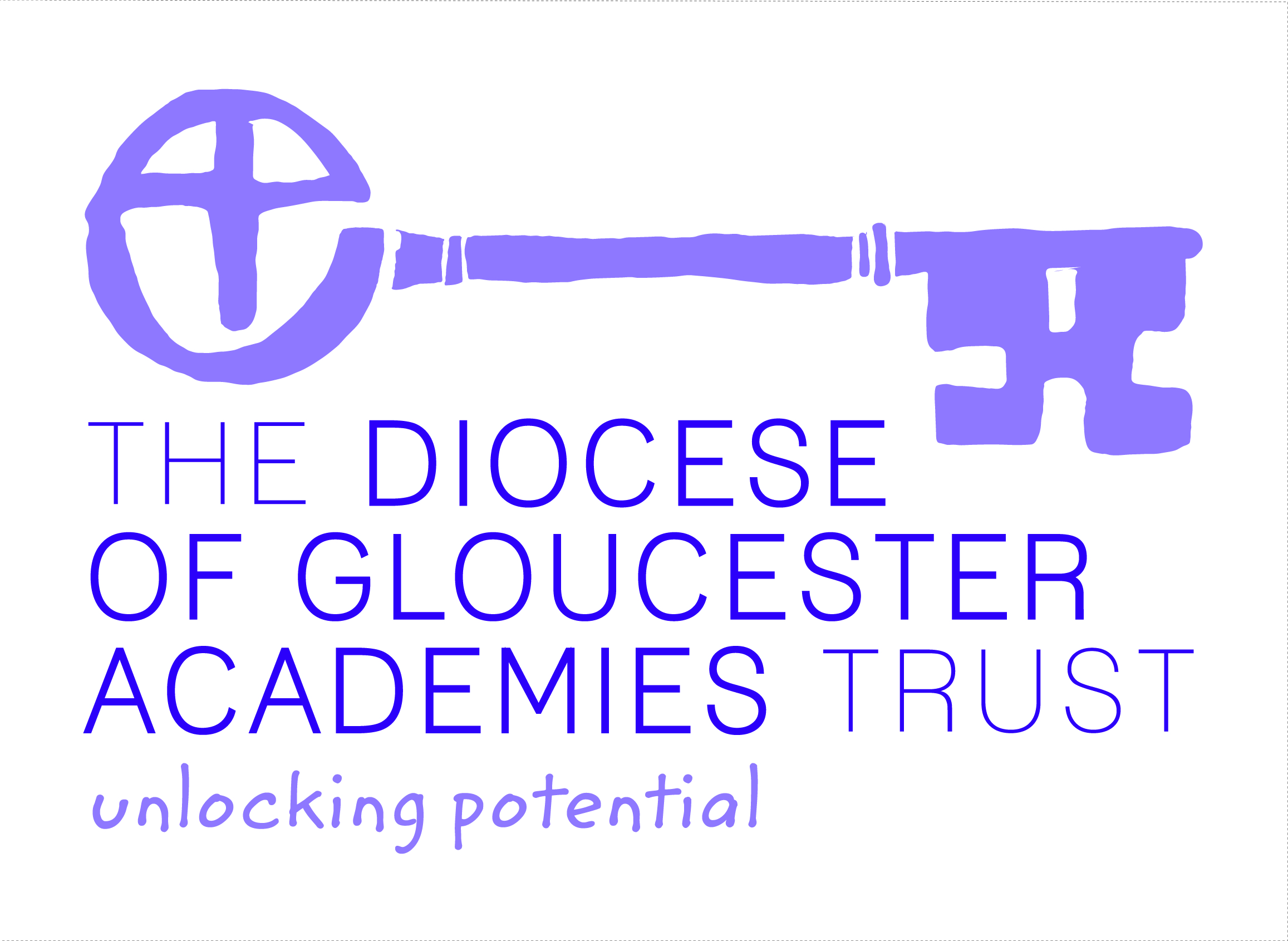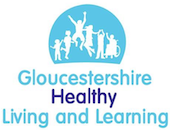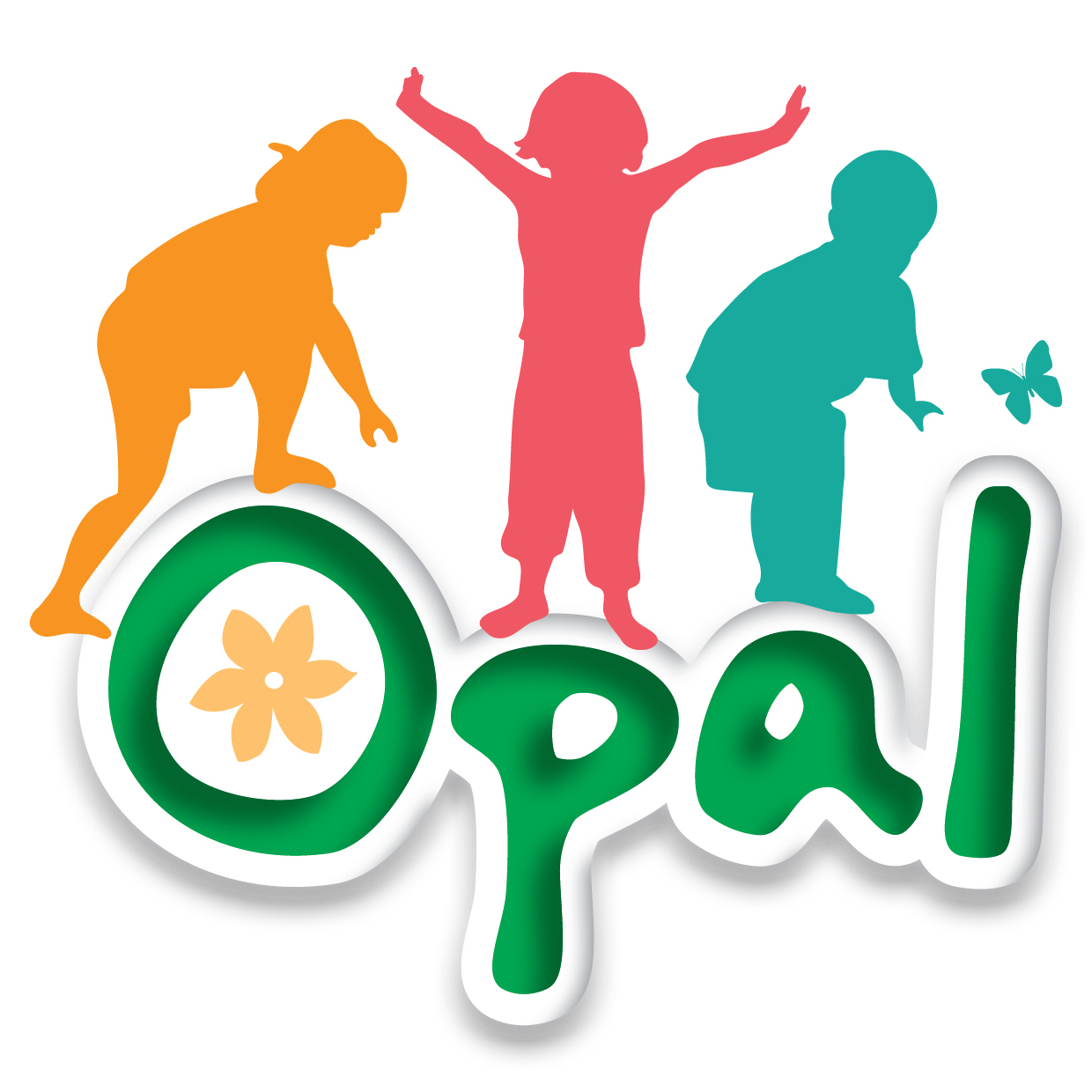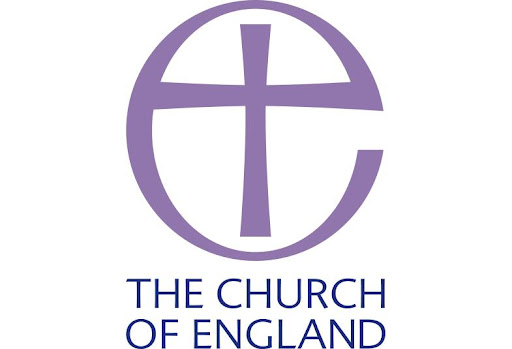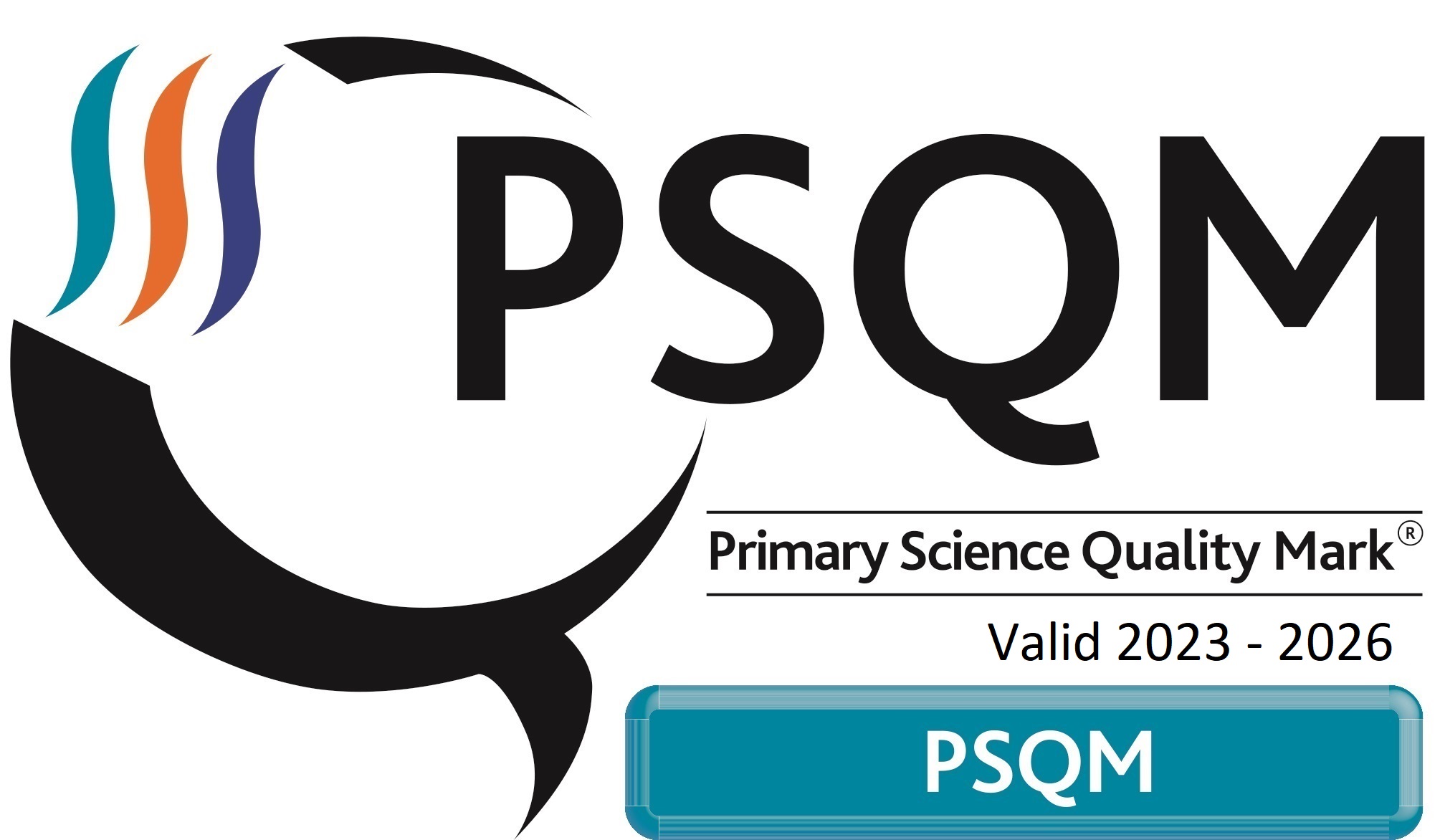History
‘a people without the knowledge of their past history, origin and culture is like a tree without roots’.
Marcus Garvey
“A high-quality history education will help pupils gain a coherent knowledge and understanding of Britain’s past and that of the wider world. It should inspire pupils’ curiosity to know more about the past. Teaching should equip pupils to ask perceptive questions, think critically, weigh evidence, sift arguments, and develop perspective and judgement. History helps pupils to understand the complexity of people’s lives, the process of change, the diversity of societies and relationships between different groups, as well as their own identity and the challenges of their time.” The National Curriculum
INTENT at St Mary’s
At St Mary’s we intend to deliver a history curriculum that develops our Three Cs – Caring, Curiosity and Courage. We want children to care about their place in society and in the wider world. Learning about the past, about changes that have happened and thinking critically about the impact of changes will help children to care about their world and future.
History is full of fascinating facts and provides many opportunities for children to weigh evidence and make judgements. This will help to develop their curiosity.
Our ever-changing world needs the next generation to be courageous. Learning about History enables children to challenge what life was like in the past and courageously develop their own principles in preparation for adult life.
IMPLEMENTATION at St Mary’s
Teaching of history will help pupils gain a secure knowledge and understanding of Britain’s past and that of the wider world. At St Mary’s, we organise the curriculum so that terms two, four and six have a strong History focus. Click here to view our termly overview. History Termly Overview
We aim to enable children to ask perceptive questions, think critically, weigh evidence, sift arguments, and develop perspective and judgement, in line with national curriculum expectations.
Teachers use a variety of teaching and learning styles in their history lessons to develop pupils’ knowledge, skills and understanding in history.
We believe children learn best when:
- The curriculum is fully inclusive
- They have access to, and are able to handle artefacts
- They go on visits to museums and places of interest
- They have access to secondary sources such as books, photographs and the internet
- Visitors talk about personal experiences of the past
- They listen to and interact with stories from the past
- They undertake fieldwork by interviewing family and older friends about changes in their own and other people’s lives
- They are able to use non-fiction books for research
IMPACT at St Mary’s
Through high Quality First teaching of History taking place, we will see the impact of the subject in different ways e.g through books, assessments and pupil voice. Work will show that a range of themes are covered, concepts are revisited, and cross curricular links are made where possible. Assessments and monitoring will show standards in History will be high and will match standards in other subject areas.




